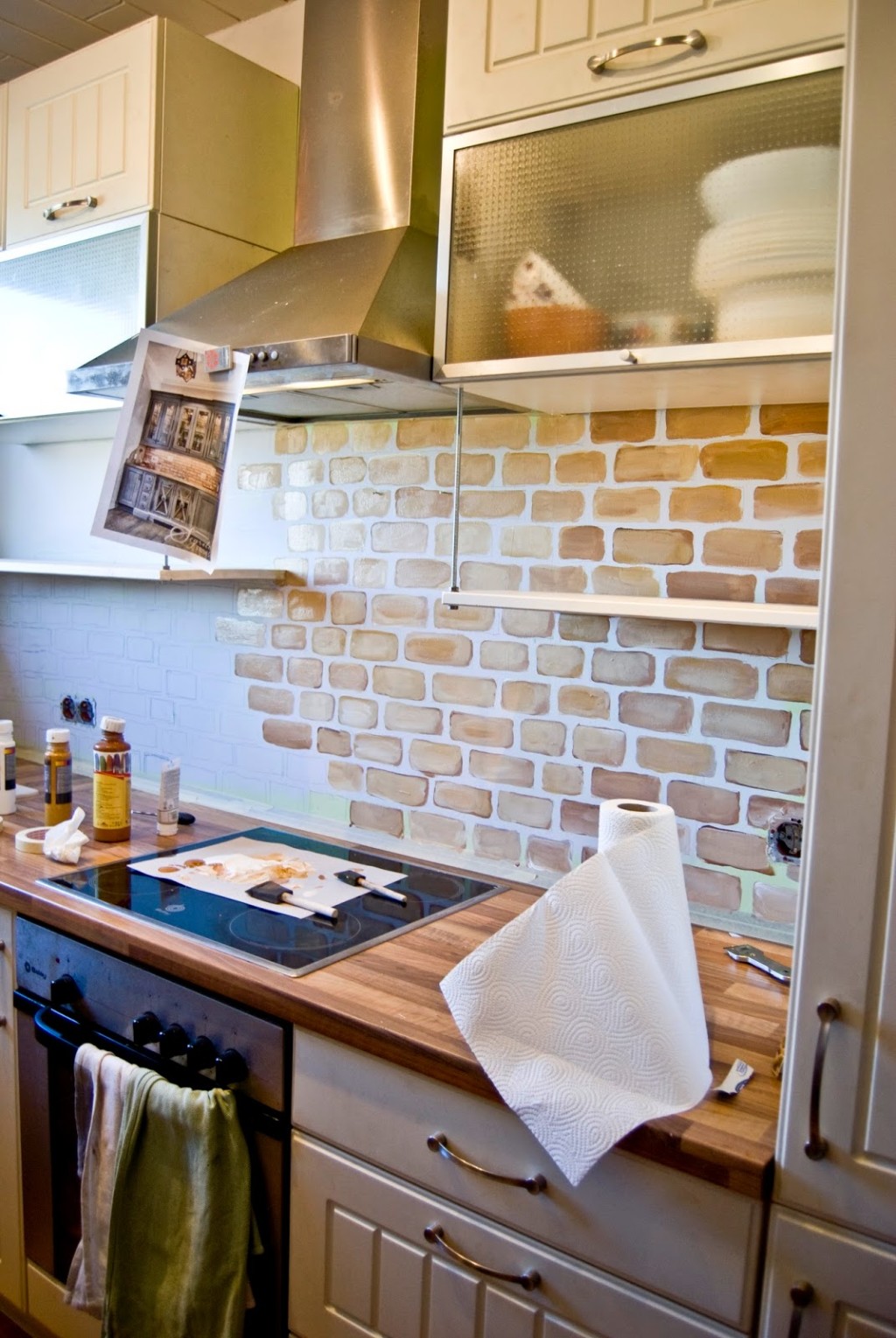
Now that you have all your tools and your wall is prepped, the rest is a breeze. Gather the tile tools and materials you’ll need for installing the tile backsplashĬonsider what pattern you'll want in your space. Since multiple steps involve water or a moist material, any live electrical connections are a bad idea. You’ll also have to remove the face plates for the outlets, and you may want to wrap the connections with electrical tape. Lastly, turn off the power to any outlets, switches, or appliances near the area where you will be tiling. If you just have a painted wall, you should sand it down so the adhesive can fully stick to the wall when you begin tiling. It doesn’t need to be fully smooth, but anything that comes off easily should be scraped off. You can then use a scraper to get as much of the previous tile adhesive off the wall as possible. Just use a small prybar and tap it with a hammer to pull the tile away from the wall. In most cases, pulling your existing tile off isn’t that hard. You don’t know if the wall can support that much weight, and tile is so easy to remove that you’re not really saving yourself much hassle. While there are plenty of DIY videos about tiling over existing tile, we do not recommend it. Drywall is much easier to cut with basic tools, so if removing the existing tile means removing sections of the wall with it, you can replace it with basic drywall and be fine. If you’re using a heavier stone tile, you’ll want something like cement backerboard.

So, you need a surface that the tile can stick to and support the extra weight.įor a normal-sized backsplash with standard porcelain or ceramic tiles, you can likely get away with standard sheetrock or drywall. Unlike drywall or other materials that are fastened to the wall, tiles will stick to your wall with adhesive and hang there. No matter what design you wind up picking (more on that in a bit), you’ll be sticking your tiles to your walls.

It's important to know what sort of surface you're working with when installing tile.


 0 kommentar(er)
0 kommentar(er)
